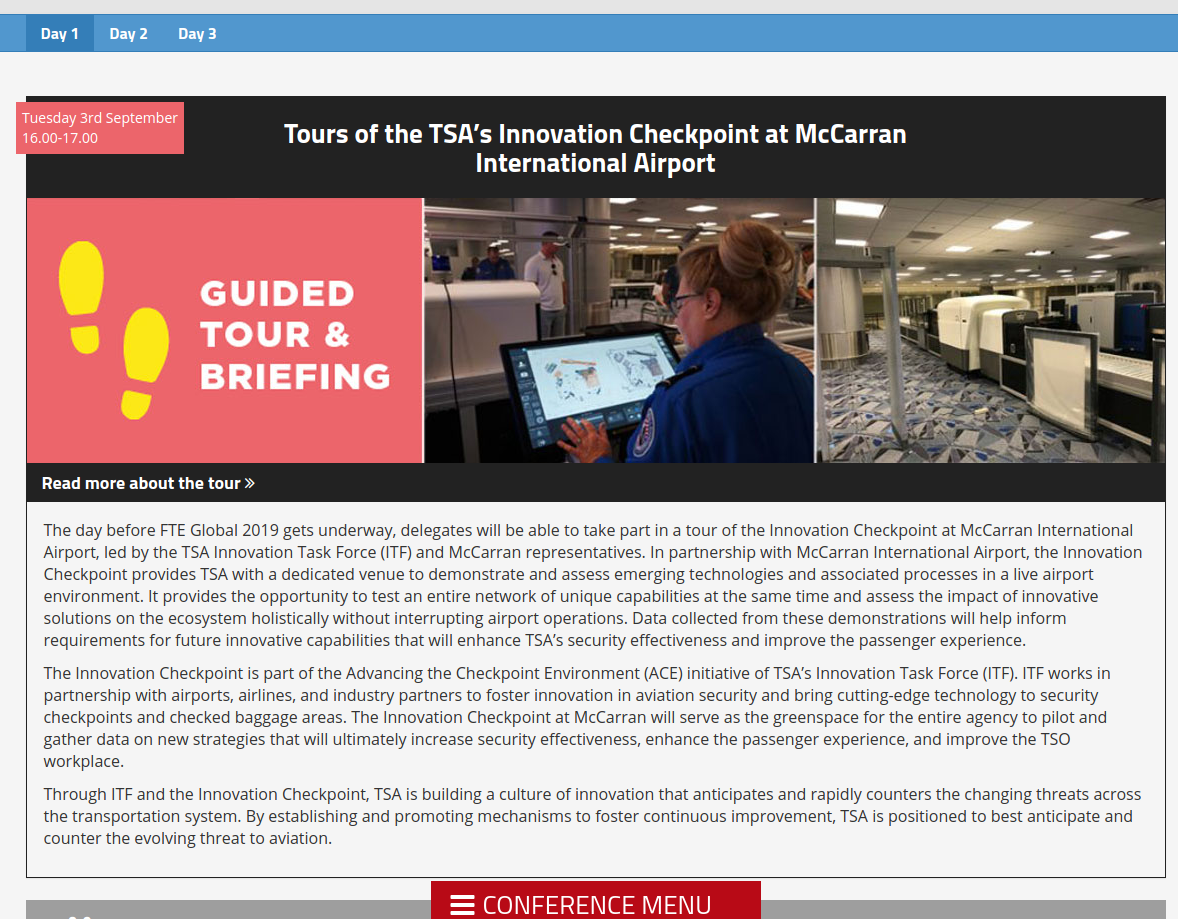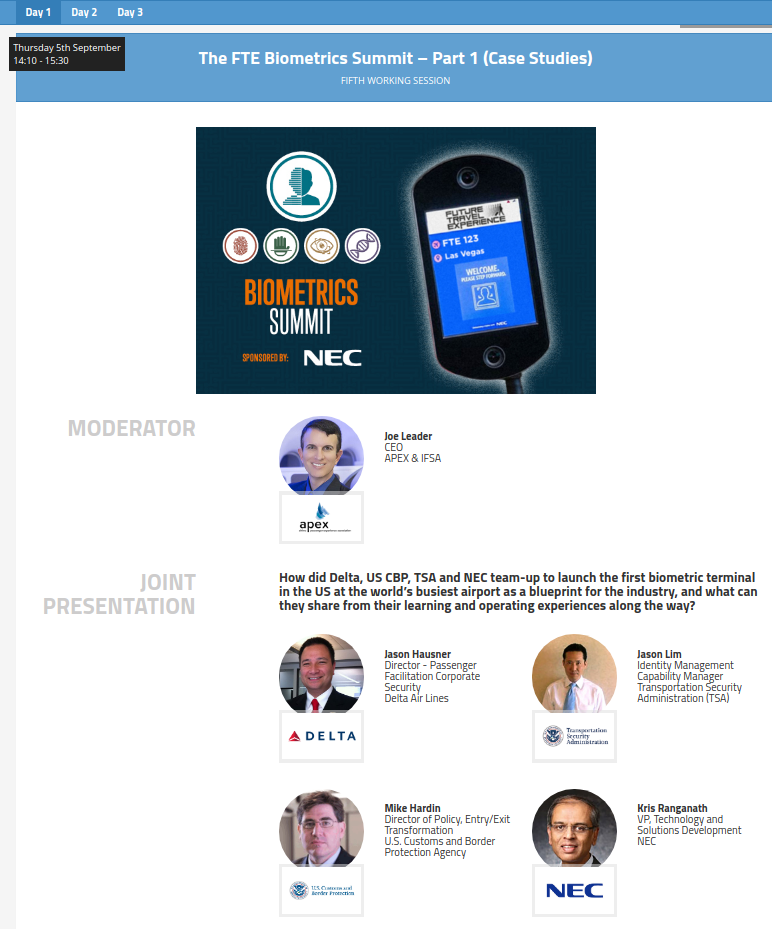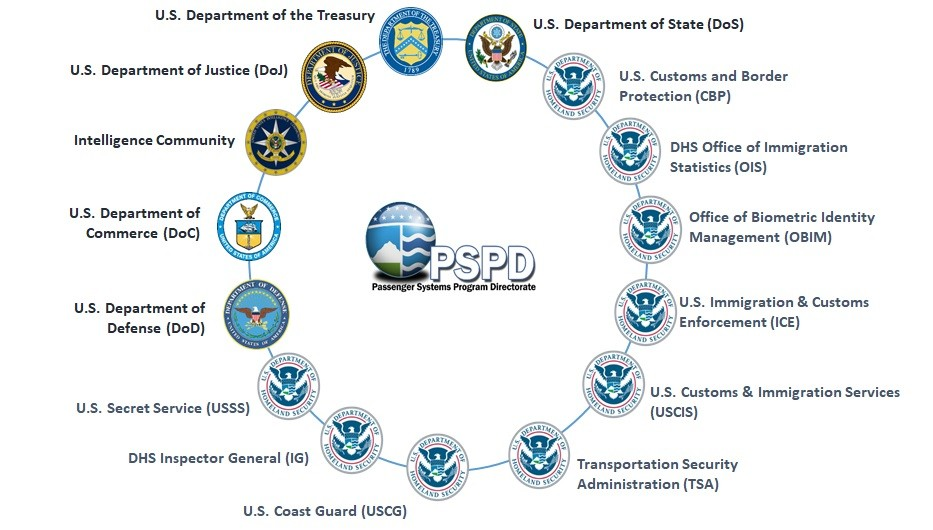3rd Circuit finds TSA checkpoint staff conduct “searches” and can be sued for misconduct
By a vote of 9 to 4, the 3rd Circuit Court of Appeals has found that TSA checkpoint staff are “officers or employees” of the Federal government who “execute searches… for violations of Federal law”, and therefore that the US government is subject to private lawsuits for damages for certain intentional torts by TSA “screeners” including “assault, battery, false imprisonment, false arrest, [and] malicious prosecution.”
The decision by the judges of the 3rd Circuit following rehearing en banc in the case of Pellegrino v. TSA reverses an earlier decision by a three-judge panel that would have given impunity to checkpoint staff for even the most egregious violations of travelers rights.
The language of the Federal Tort Claims Act and its applicability to TSA checkpoint staff are clear. The TSA’s strained attempt to exempt checkpoint staff from FTCA lawsuits should never have gotten this far.
But the TSA’s highest priority, ahead of protection of transportation safety or security, has always been the protection of itself and its activities against judicial review.
Any lawsuit against the TSA or anyone associated with it is regarded by the agency as an existential threat to its assertion of unlimited discretion to define, by its own secret internal procedures, which people, possessions, and activities are and aren’t allowed at TSA checkpoints — as if the conduct to date of the TSA and its minions had earned the agency the entitlement to expect and demand that travelers defer to its good judgment and self-restraint. The TSA doesn’t want to have to respond to allegations of misconduct by its employees, contractors, or law enforcement or industry “partners”. Nor does it want to have to explain or defend its actions in court. It wants all such cases dismissed out of hand.
In order to intimidate travelers into submission to its unlawful orders with a show of purported authority, while keeping itself above the law, the TSA’s takes a two-faced position that was its comeuppance in the en banc decision in Pellegrino v. TSA.
TSA checkpoint employees wear blue police-type uniforms and badges that identify them as Transportation Security “Officers”, while even the rent-a-cop contractors who staff TSA checkpoints at SFO and some other airports wear similar uniforms and badges prominently emblazoned with “TSA” insignia. They present themselves to travelers as though they were police, and they claim police-type (or even greater) powers to demand obedience to their orders and to search travelers and their personal property.
But the TSA always refers to these searches by the euphemism of “screening”, to avoid the obvious implication that as “searches” they are subject to the 4th Amendment to the US Constitution. In court, the TSA claims that these aren’t the “searches” meant by the provision of the FCTA which refers to officers or employees who “execute searches”.
In some cases, the TSA claims the right to search documents, papers, currency, and electronic data, which can’t possibly pose a direct threat to aviation safety or security, notwithstanding special statutory protection for many such items, “if criminal activity is suspected” and even if the suspected crimes are unrelated to aviation safety or security.
But when its actions are challenged, the TSA claims that its searches are not conducted for general law enforcement purposes and thus are exempt from the FCTA provisions intended to hold those who conduct such searches legally accountable for torts (violations of civil rights) against individuals.
The 3rd Circuit judges took due note of these self-contradictory TSA claims, and of the consequences that would follow from accepting them as a basis for TSA impunity:
Consequences of Our Ruling
Before concluding, we note the implications of the choice before us. If TSOs [Transportation Security Officers] are not “investigative or law enforcement officers” under the proviso, then plaintiffs like Pellegrino are left with no avenue for redress. We have already held (and correctly so) that TSOs are not susceptible to an implied right of action under Bivens for alleged constitutional violations, see Vanderklok, 868 F.3d at 209, so a Tort Claims Act action is the only remaining route to recovery. Without recourse under that Act, plaintiffs like Pellegrino will have no remedy when TSOs assault them, wrongfully detain them, or even fabricate criminal charges against them.
We look forward to seeing at least some TSA checkpoint staff found liable for damages for these sorts of actions in the wake of the 3rd Circuit’s en banc decision in Pellegrino v. TSA.




